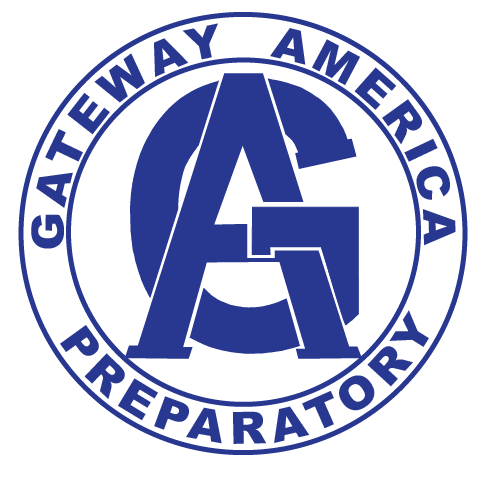Home school, Private school, Public school?
As you consider different school options for your child, a good way to start is by deciding whether home school, private school, or public school is the best choice for your family. This email offers an overview of these schooling options, along with some of the pros and cons of each.
Different education options can yield very different results depending on your child’s needs and interests. Home school, private school, and public school also come with vastly different price tags and levels of commitment from parents. You can start by asking yourself, What type of environment will be the best for my child? Are they bored in a traditional school setting? Would they thrive with a more individualized education? Do they enjoy being able to interact with their group of friends every day? It is important to understand the differences, and how they may affect your child.
Compare & Contrast: Approach to Learning
Home schooling offers parents the most control over the curriculum and the way in which topics are covered. Parents can also set their child’s schedule for the day, including the amount of homework. This can be a good option for students who need a flexible schedule to pursue activities, such as serious dance study or elite athletics. Since schooling takes place in the home, it requires students to pursue other avenues for social interaction. Private schools are often academically rigorous and offer small classes. This allows for a customized education, where students can learn at their own pace. Often, there is less bureaucracy, which means the teaching style can be more focused on individual student success. Public schools can also offer an academically rigorous environment, though advanced students will require schools that offer Advanced Placement courses. The approach to learning in public schools appeals to students who desire a range of extracurricular and social activities.
Compare & Contrast: Parent’s Workload
Home schooling is the largest commitment for parents, for obvious reasons. Parents will spend time developing a curriculum, planning lessons, teaching, monitoring progress, and grading lessons. Parents must also provide transportation to and from any off-site activities related to academics or extracurricular interests. Public schools provide all instruction and transportation to and from school, which makes this the lowest time investment for parents. But parents may need to monitor student homework and progress, depending on their student’s abilities and motivation. At a private school, the school will provide instruction, curriculum, and many supplies. Parents must provide transportation to and from school and any extracurricular activities. Some private schools emphasize student responsibility and de-emphasize homework, which relieves parents from needing to monitor their child’s academic activity at home.
Compare & Contrast: Financial Obligations
Public school is free for all students, although choice is often limited based on where the family lives. The costs for a family choosing to home school are not insignificant. The cost of a curriculum, textbooks, and extracurricular activities can add up. Because the parent is the teacher, they should consider loss of income if they would otherwise be pursuing paid work. Between tuition, transportation, and uniforms (in some cases), private schools tend to be the most expensive option. Many schools do offer financial aid, so it’s a good idea to look at this option before ruling out a private education.
Compare & Contrast: Social Life and Diversity
Public schools tend to offer the most diversity, depending on where they are located and what populations they serve. Traditionally, public schools, and large private schools, offer the most opportunities for sports, arts, and formal community involvement. In a smaller private school, students may interact with a less diverse population, depending on the school’s demographics. Home school, by nature, will likely not offer the student a diverse environment, but students can seek that out through other activities. Today, students attending small schools, as well as home school students, have more opportunities to take part in art, music, and sports not related to school. Volunteering is an excellent way for these students to engage with the community and interact with more diverse groups. Private and home school programs that de-emphasize homework may actually improve students’ ability to participate in the community and other activities.
How these different environments will affect student development and engagement depends entirely upon the student. Some students are passionate about participating in sports, and will be motivated to excel in school if they must meet academic eligibility to participate. Other students are not interested in these activities, and would prefer to work at their own pace in a more independent learning environment. Some students are a mix of the two, and will benefit from a smaller classroom setting, while also seeking out opportunities for activities and diversity outside of school.
Clearly, there are many considerations, for both the family and the student, when exploring public, private, and home schooling options. Hopefully, this article has helped you understand which option is the best for you and your child. If you are leaning towards a private school option, find out about enrolling your child at Gateway today by contacting us at GatewayAmerica@mac.com.
